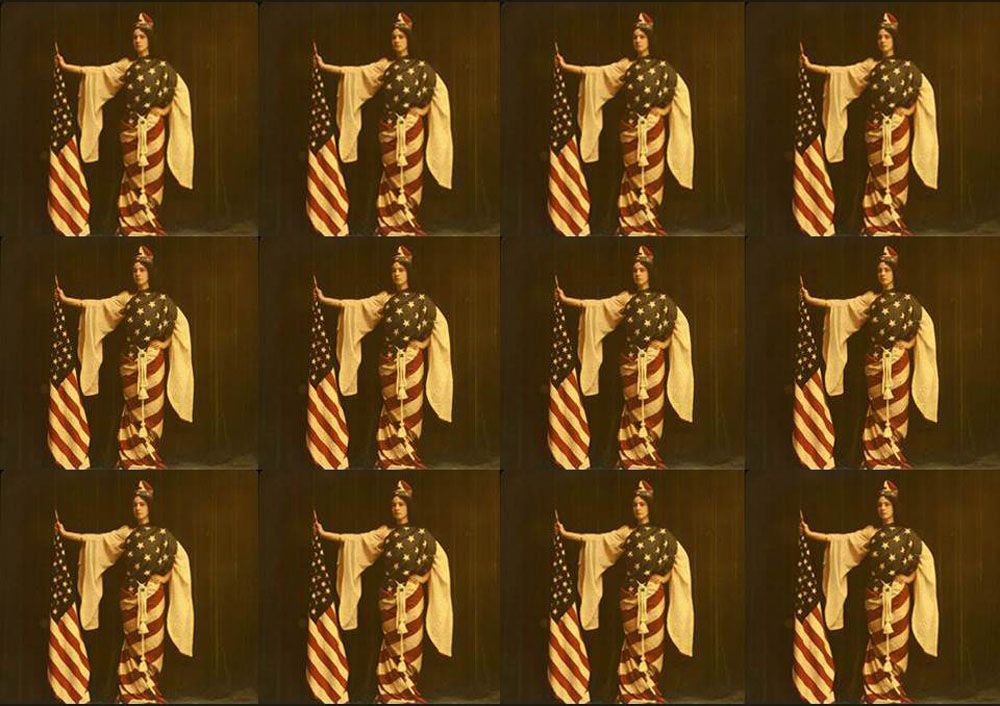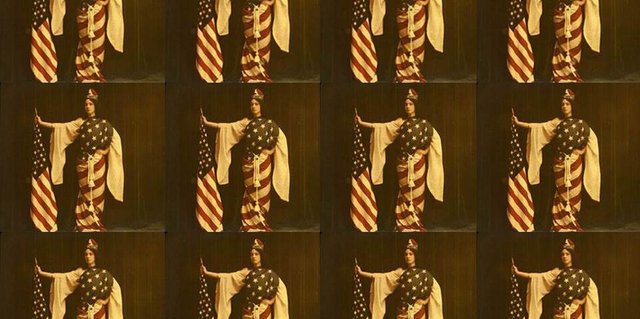Deciding Where the Funds Should Go To Strengthen Public History
From the Beginning…
From the first moment I learned about this platform (it was way back in the Fall of 2016, from @voronoi) I relished thinking about its possibilities for the nonprofit sector. I mean, here was an opportunity to simultaneously make the case for community needs and demonstrate solutions to their challenges.
If only we could come up with a project to demonstrate Steemit’s potential capability as a transparent, impactful tool for change.
As a university professor, I saw the opportunity to design a student-driven experiment using cryptocurrency to address the needs of a community of cultural institutions. As followers of @phillyhistory know well, there are fifteen graduate students at Temple University creating content on as many Steemit accounts. How much will they (and this account) generate over the semester? So far we have more than $10,000. in hand and expect to at least double that, perhaps even triple it, before the semester concludes in early May.
Unlike grantmaking processes conducted by traditional foundations and agencies, these funds are not being generated by gifts, endowments, allocations, or even crowdsourcing, but by producing content from posts on Steemit. It seemed like a straightforward way to leverage community interest on behalf of the community’s interest.
Making Funding Decisions that We Can Live With
Placing the funds where they might accomplish the most seemed like a very important step in the process. Where exactly will the funds be allocated? Which institutions with what projects would receive our hard-earned resources?
Having worked in philanthropy, I can attest: deciding on criteria for awards is an interesting, challenging process. Last week and this, classes are debating the criteria. Should we focus on the highest priority needs of Philadelphia’s historical institution community? Maybe we should ask each potential recipient to define their greatest institutional need, whatever it may be. How would we compare and decide?
Or maybe we should focus on interpreting the landmark year of 1918, which has been a major interest (as well as our “brand” with the #explore1918 tag).
From the beginning of the semester, it was decided that one award (one third of the total available funds) would be held for the Philadelphia History Museum, which is in the process of considering a deeper alliance with Temple University. In that case, the museum will be asked to propose three possible uses for the available funds. Students in the two courses will debate the three proposals and decide on one for the award.
Understandably, the classes want all of the awards to have impact. Each and every student hopes to see a difference made by the funds. We recognize that a funding pool of $10,000 to as much as $30,000 isn’t a fortune, but everyone agrees, it is a respectable amount.
What will the criteria for funding be? How will we leverage our resources with community-based partner institutions to the greatest effect?
Considering Criteria for Funding
We recently sketched out a preliminary wish list for possible awardees and projects. We'll want to fund projects that would:
- demonstrate the potential power and impact of social media on institutional goals
- model other innovative best practices, especially those not likely to be funded by traditional philanthropy
- broaden the interpretation and practice of history and/or heritage
- leverage new or additional support with the award
In addition, some students felt that we should consider projects conducted outside the usual, traditional history institutions. And everyone agreed that whatever is funded, these projects should be clearly identified and credited as funded by Steem generated by these classes at Temple University.

(Image Source: Liberty by William H. Rau, Autochrome, ca. 1904. The Library Company of Philadelphia)
This project is made possible with technical assistance and support of the Brooklyn-based Sndbox, “an incubator project dedicated towards bringing STEEM to the professional practice of creatives and entrepreneurs.” It is intended to be an experimental demonstration, a new model illustrating how the blockchain can be deployed to help content-rich, relatively cash-poor cultural institutions. The idea is to leverage historical assets and community interest in meaningful ways to find and build self-sufficiency and sustainability in the digital age.
In other words, if you are reading this post, you are a participant. So, we leave you with the question:
What Funding Criteria Do You Consider Most Important?
100% of the SBD rewards from this #explore1918 post will support the Philadelphia History Initiative @phillyhistory. This crypto-experiment conducted by graduate courses at Temple University's Center for Public History and MLA Program, is exploring history and empowering education. Click here to learn more.



So many different methods of raising finance....
its really true, i wish many others can see this also
follow
@alfiansy
It's really good that you thought of it as a university professor. We always support good ideas
Great idea professor, on giving back to the school by funding projects. Also, i hope to fund myself through a masters at stanford.
Steemit is changing lives by affecting people in a most positive way.
good!
very good post friend
Congratulations @phillyhistory, this post is the fifth most rewarded post (based on pending payouts) in the last 12 hours written by a Superuser account holder (accounts that hold between 1 and 10 Mega Vests). The total number of posts by Superuser account holders during this period was 1656 and the total pending payments to posts in this category was $15191.65. To see the full list of highest paid posts across all accounts categories, click here.
If you do not wish to receive these messages in future, please reply stop to this comment.
Congratulations, your post received one of the top 10 most powerful upvotes in the last 12 hours. You received an upvote from @sndbox valued at 145.59 SBD, based on the pending payout at the time the data was extracted.
If you do not wish to receive these messages in future, reply with the word "stop".
I think the criteria I jive with most is: "broaden the interpretation and practice of history and/or heritage"
For this reason I think that both arts organizations and natural resources like Bartram's Gardens or PHS fit into this category as both arts and environmental non-profits draw upon history in significant ways.
History needs to come alive in the present and these organizations deserve just as much of our attention than museums that commemorate wars or natural history.